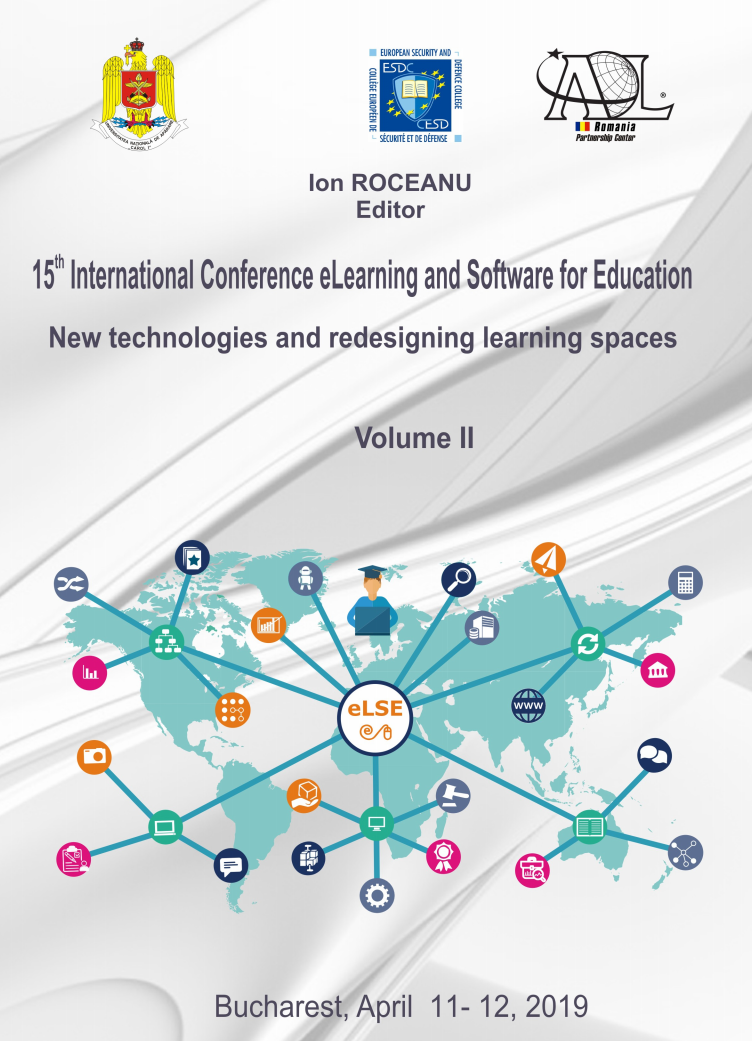Virtual Class (Videoconference)
Virtual Class (Videoconference)
Author(s): Andrei GăitanaruSubject(s): Social Sciences, Education, Higher Education
Published by: Carol I National Defence University Publishing House
Keywords: videoconference; virtual class; videoconference-hub; packet switching; multicasting;
Summary/Abstract: The omnipresence of the Internet and computers has transformed communication, providing access to unimaginable information and resources. This has led to the definition of a new paradigm of the knowledge society in which education plays a central role. The phenomenon of globalization imposed the concept of mobility of access to information and education. In order to synchronize with the pace of technical and socio-economic development, educational institutions should abandon the exclusivity of using the formal, classic face to face of education and orientate themselves to the mobility needs of the users of the educational services. One of the most used modalities by educational institutions is to address education through the systemic framework of eLearning, with all its tools, media, technologies and rules. The complexity of tools has grown enormously, and those who acquire and use technology are no longer just ICT professionals, but also educational content creators, managers, teachers and students. These rapid changes have left many behind those who have failed to adapt and document properly. "Informatics restores not only the unity of pure and applied mathematics, concrete technique and abstract mathematics, but also that of the natural sciences, of man and of society. Rebalancing abstract and formal concepts and reconciling art with science, not only in the human science, where they were always reconciled, but also in their philosophy. "[1] Temporarily, collaborative tools allow communication between participants synchronously or asynchronously. Synchronous communication, often called a conference, takes place in real time, where participants are present online at the same time. Synchronic communication channels can include chatting, sharing applications, tabular, audio or video conferences, etc. [2].
Journal: Conference proceedings of »eLearning and Software for Education« (eLSE)
- Issue Year: 15/2019
- Issue No: 02
- Page Range: 156-163
- Page Count: 8
- Language: English

